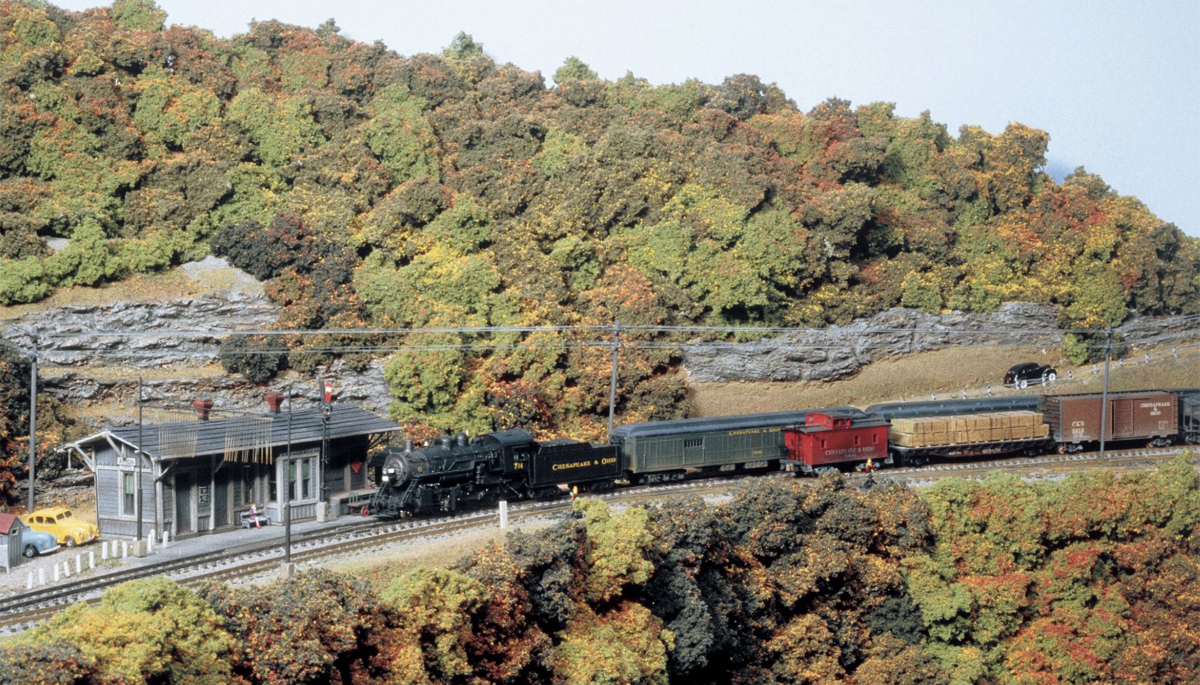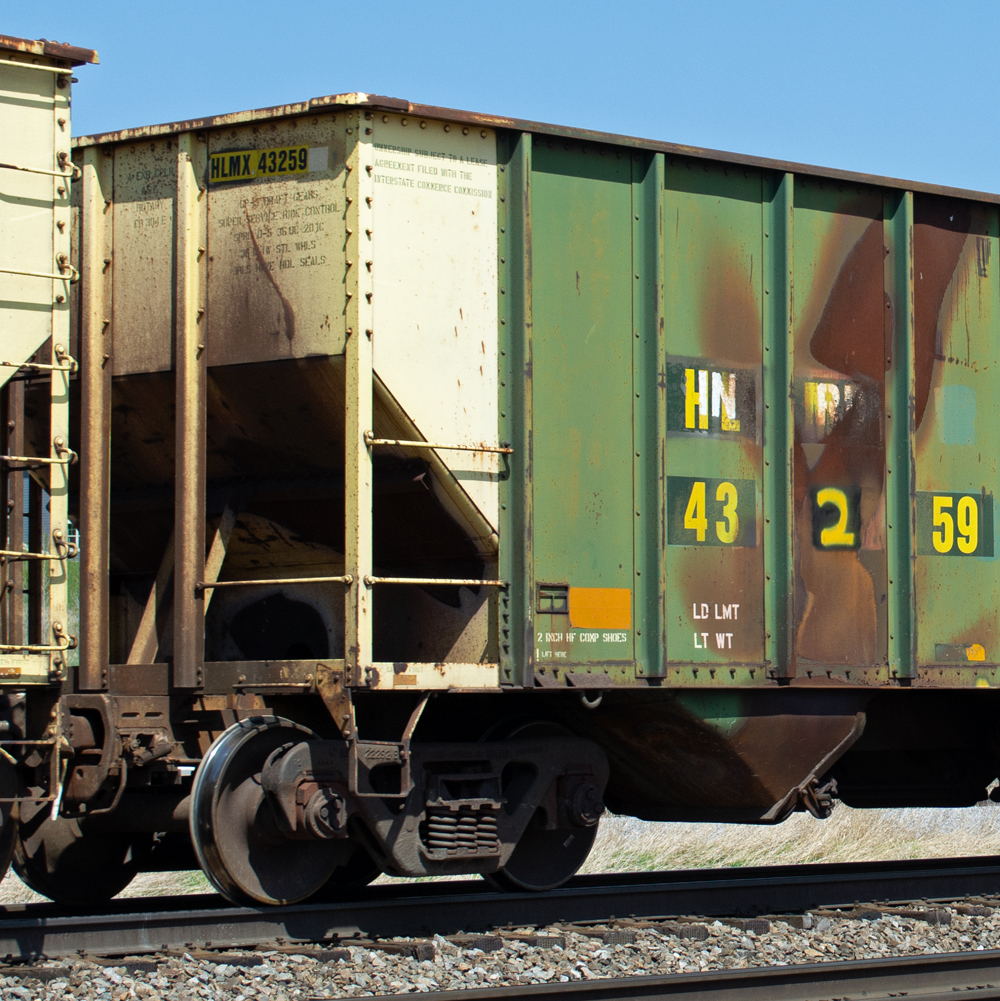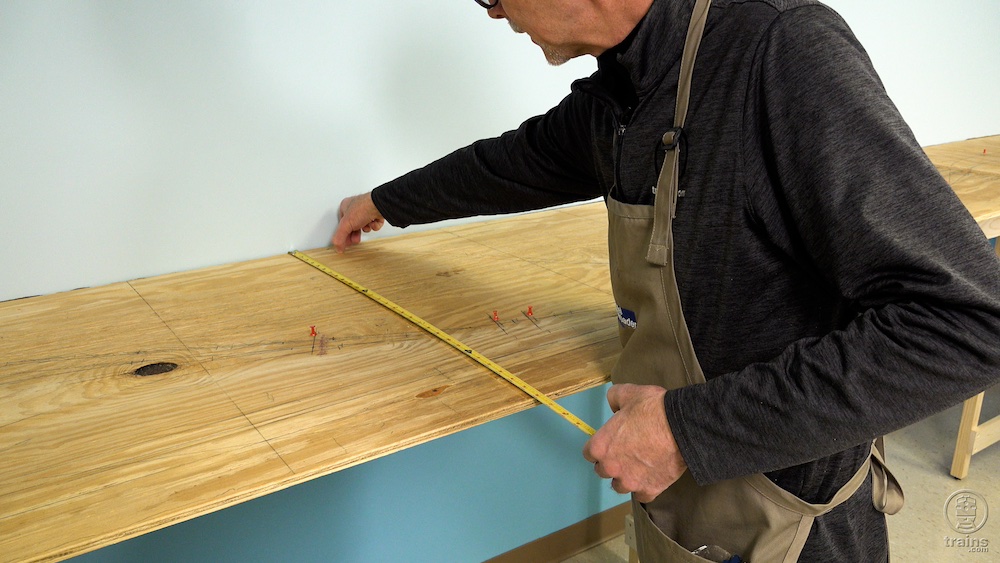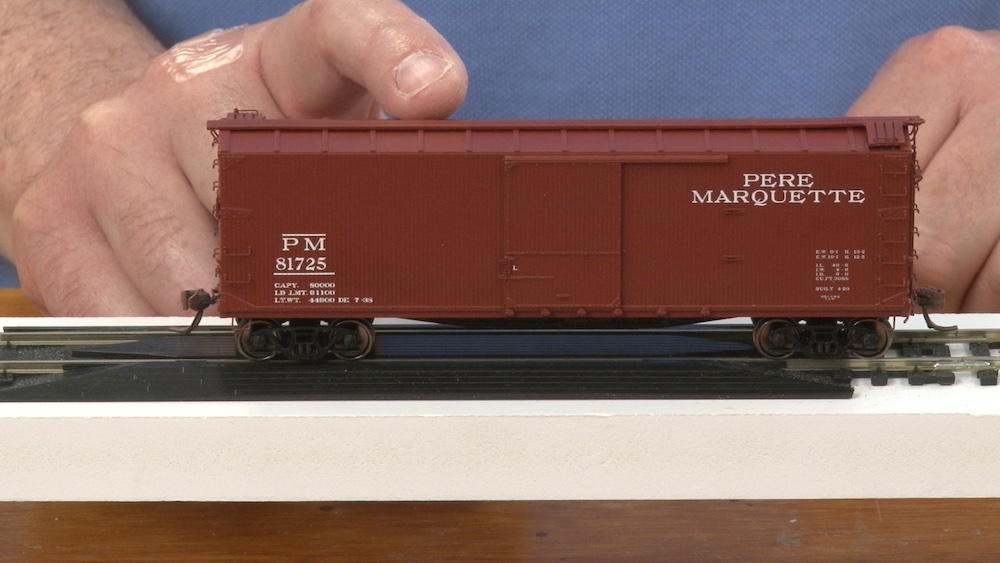
Sometimes, rolling stock needs a little fine tuning before it can be considered ready to run on a layout. One common quirk? Wobbling.
Before you jump in and start making fixes, be sure to do some testing. Here’s how:
- With the model sitting on the track, lightly tip the body from side to side. If you notice significant listing while the trucks’ wheels remain tight to the rails, you can confirm a wobbly rolling stock.
- If the wobbling is confirmed, place the model upside down and tighten the screw at the bottom of one of the trucks. If the truck itself continues to wobble, that’s when you know you’ll need to apply some fixes.
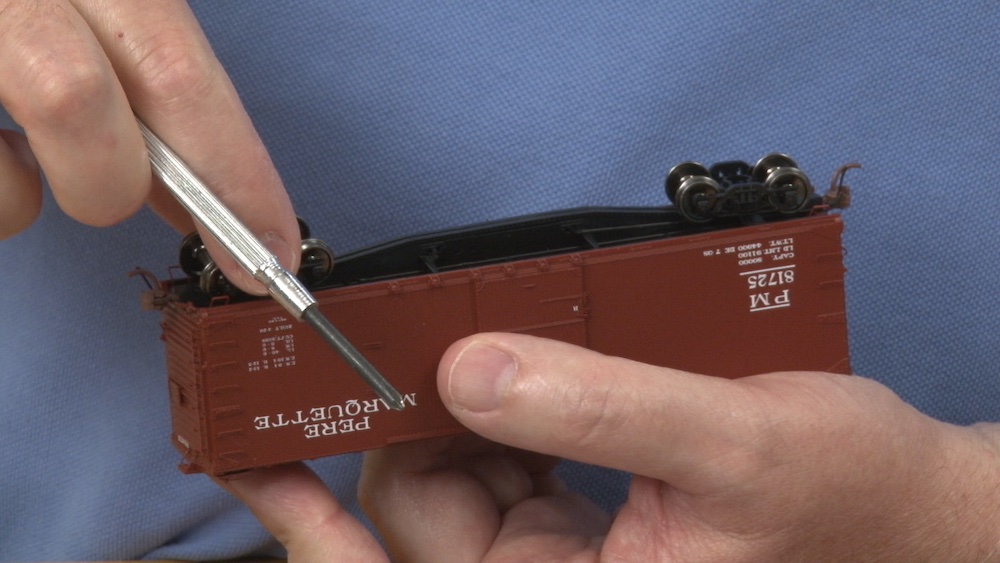
By fully unscrewing and removing the tightened screw, the focus will be on the kingpin that provides a connection between the truck and frame. A common cause for the wobble will usually involve the kingpin itself standing up higher from the inside surface of the truck. The common solution is simply filing it down.
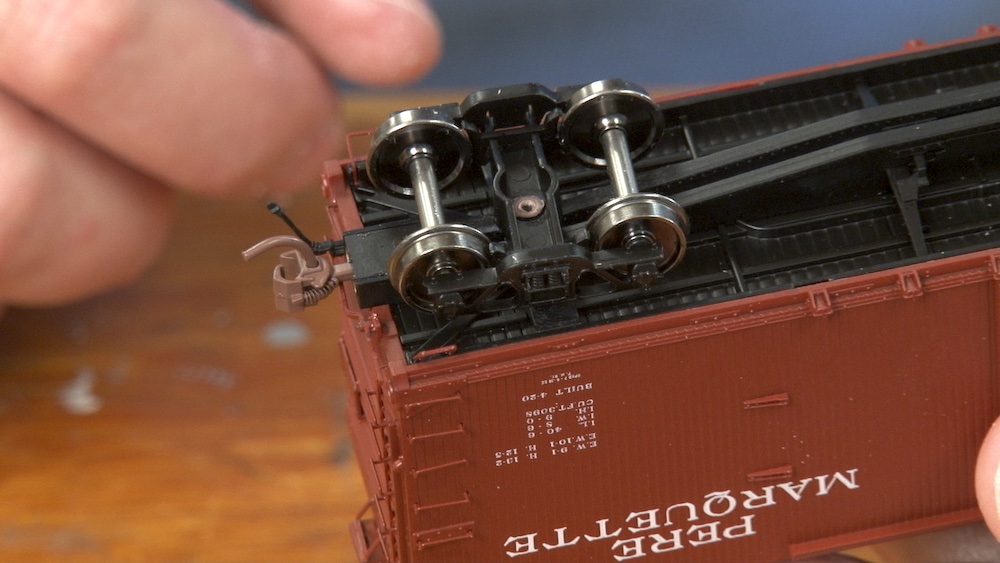
Of all the tools you can use, a flat file is highly recommended. The trick is filing down the kingpin to the point where the top is just a little above the truck’s inside surface. This will involve a few swipes with the file while holding it flat, and then stopping to check your work as you go.
Once you feel the kingpin has been filed down to the appropriate length, place the truck and screw back into place. This is where you’ll perform the next set of tests:
- By fully retightening the screw, the truck shouldn’t make any movements. This is the first sign that the wobble has been rectified. You can then back the screw off to a fourth of a turn.
- Move the truck left and right to confirm the truck no longer wobbles up and down.
- Flip the rolling stock back over and return it to the track to slightly tip the body from side to side, just like before. If the wheels on the fixed truck lifts off while the other un-fixed version remains in place, that means your rolling stock has been fine-tuned from the wobbling.
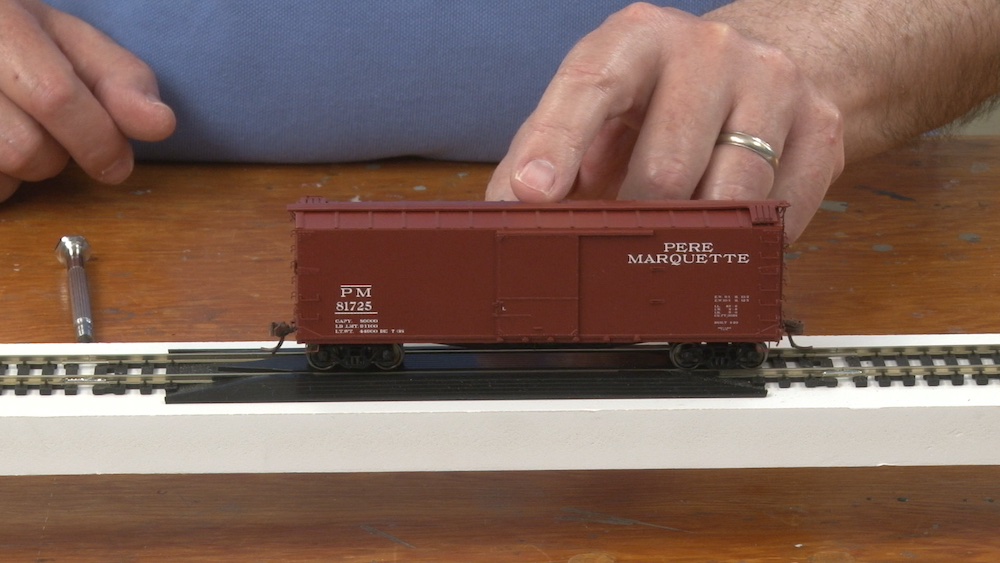
Please note that the same process will not be applied to the other wobbly truck and it should be left alone. This is what you want as it gives what model railroaders call a “three-point suspension” with enough flexibility for the model to traverse any rough sections of track.
Members can watch a video on how to fix wobbling boxcars here.






